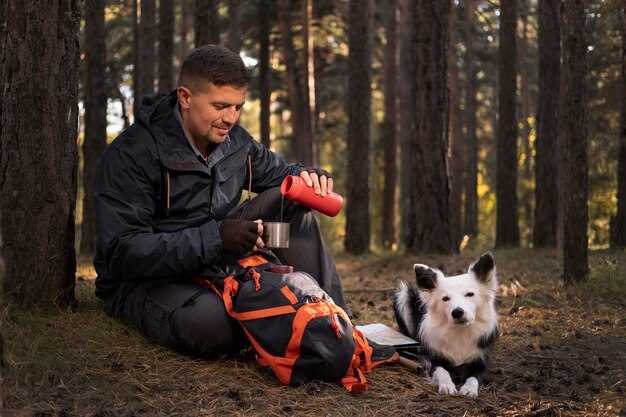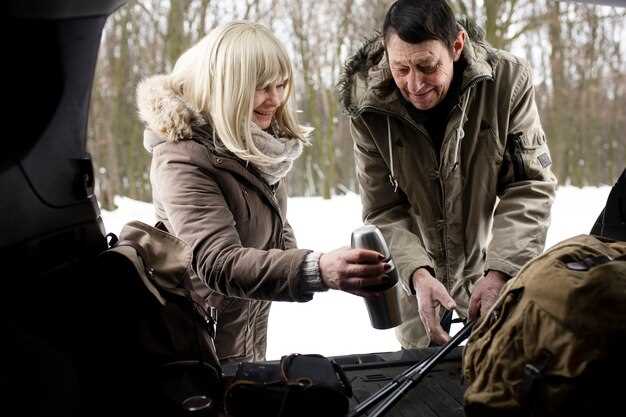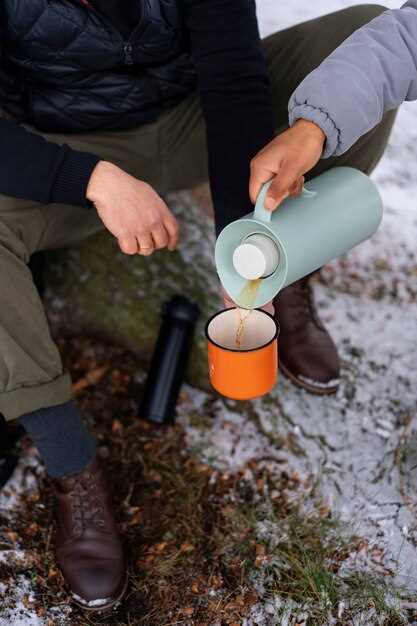
How to pack efficiently for a backcountry hunt

When preparing for a backcountry hunting trip, the key to success lies in your packing strategy. A well-thought-out list will ensure you have all the essentials while keeping your gear manageable. Each item must serve a vital purpose, as every ounce counts.
Minimizing weight is crucial for maintaining stamina during your hunt. Selecting lightweight gear and opting for multi-functional items can significantly reduce the burden on your back. Be mindful to balance your load wisely, prioritizing items that enhance your comfort and effectiveness in the field.
Furthermore, understanding how to pack efficiently can impact your mobility and energy levels. Organizing gear by frequency of use and ensuring easy access can make a world of difference when you are in the thick of your expedition. With these smart packing tips, you will be well-equipped to tackle the challenges of backcountry hunting with confidence.
Minimizing Weight Without Sacrificing Necessities
When embarking on a backcountry hunting trip, every ounce matters. Reducing weight while ensuring you have all the necessary gear can significantly enhance your experience. Below is a list of tips to help minimize weight without compromising on essentials.
1. Prioritize Your Gear: Before packing, create a list of all items you intend to bring. Rank them based on necessity–this way, you can eliminate non-essential items and reduce overall weight.
2. Choose Lightweight Materials: Invest in high-quality, lightweight equipment. Many brands offer gear made from advanced materials that provide durability without the extra weight, such as titanium cookware or lightweight hiking tents.
3. Pack Multi-Use Items: Opt for versatile gear that serves multiple purposes. For instance, a multi-tool can replace several separate tools, and a lightweight tarp can serve as both shelter and ground cover.
4. Optimize Food Choices: Food can be one of the heaviest components of your pack. Prepare a menu of high-calorie, lightweight options such as dehydrated meals, energy bars, and nuts to keep your weight down while ensuring adequate nutrition.
5. Streamline Clothing: Bring only essential layers. Choose clothing designed for layering, which allows you to adapt to changing weather conditions without packing excessive garments.
6. Eliminate Unnecessary Accessories: Avoid packing items that have minimal use. Evaluate your list critically: if an item’s utility is questionable, it is likely better left behind.
7. Share the Load: If hunting in a group, distribute communal gear among members to lighten individual loads. This collaborative approach ensures everyone packs efficiently without overburdening themselves.
By applying these tips, you can effectively minimize weight while still bringing along all the necessities for a successful backcountry hunting trip. Careful planning and smart choices are key to achieving a well-balanced pack that enhances mobility and enjoyment in the wilderness.
Creating a Comprehensive Pack List Tailored to Your Hunt

When preparing for a backcountry hunting trip, a well-thought-out pack list is crucial for ensuring you have everything you need while maintaining an optimal weight. Start by assessing the specific requirements of your hunt, including the duration, location, and anticipated weather conditions. This will help you identify essential items and eliminate unnecessary ones.
Begin your list with the basics: your hunting gear such as firearms or bows, ammunition, and protective clothing. Consider including a quality backpack capable of carrying the load without compromising comfort. It’s advisable to choose a pack designed for efficient weight distribution, which can significantly improve your endurance during long treks.
Next, think about safety and survival items. A first-aid kit, map, compass, or GPS device should be on your list. Additionally, pack a reliable multi-tool and a fire starter for emergencies. Keep the weight of these items in mind; lightweight alternatives can be invaluable when you’re covering rough terrain over extended periods.
Nutrition is a vital component of your pack. List lightweight, calorie-dense food options such as energy bars, dried fruits, and freeze-dried meals that are easy to prepare. Don’t forget a portable cooking system, which can range from a simple lightweight stove to a more elaborate setup depending on your needs.
Water is essential, so ensure you have a hydration system in place, such as a water filter or purification tablets. Including a collapsible water container can also help manage your pack’s weight effectively. Lastly, be sure to pack a lightweight rain shell and proper gear for weather changes, as being unprepared can undermine your entire experience.
Keep your pack list flexible but comprehensive, adjusting as necessary based on prior experiences or new gear advancements. By carefully analyzing the weight and necessity of each item, you will be well-equipped for a successful backcountry hunting adventure.
Organizing Your Gear for Quick Access and Efficiency

When preparing for a backcountry hunting trip, efficient organization of your gear can significantly enhance your experience. A well-structured pack allows for swift access to essential items, minimizing downtime and maximizing your time in the field. Here are some effective tips to consider when organizing your gear.
Firstly, create a comprehensive packing list before you start. This list should categorize your gear into sections such as clothing, food, tools, and first aid supplies. By having a clear list, you ensure nothing is forgotten, and it also helps you visualize how to arrange your items efficiently.
Next, utilize packing cubes or dry bags to compartmentalize your gear. Each cube can hold a specific category–like cooking utensils or electronics–making it easier to locate items quickly. Label each cube for even quicker identification, allowing you to focus on the hunt rather than rummaging through your pack.
Position frequently used items, such as your first aid kit or snacks, towards the top or in outer pockets of your pack. This strategy ensures that you can reach critical gear without digging deep into your main compartment, saving time and effort when you need access most.
In addition, consider the weight distribution of your pack. Heavier items should be placed close to your back and at the center of your pack. This positioning not only balances the load but also keeps your center of gravity lower, improving stability while moving through rugged terrain.
Lastly, regularly review and modify your organization system based on your experiences. After each trip, assess what worked well and what didn’t. Update your packing list accordingly to improve efficiency for future outings. Keeping your gear organized will translate into a more pleasant and successful hunting experience.




